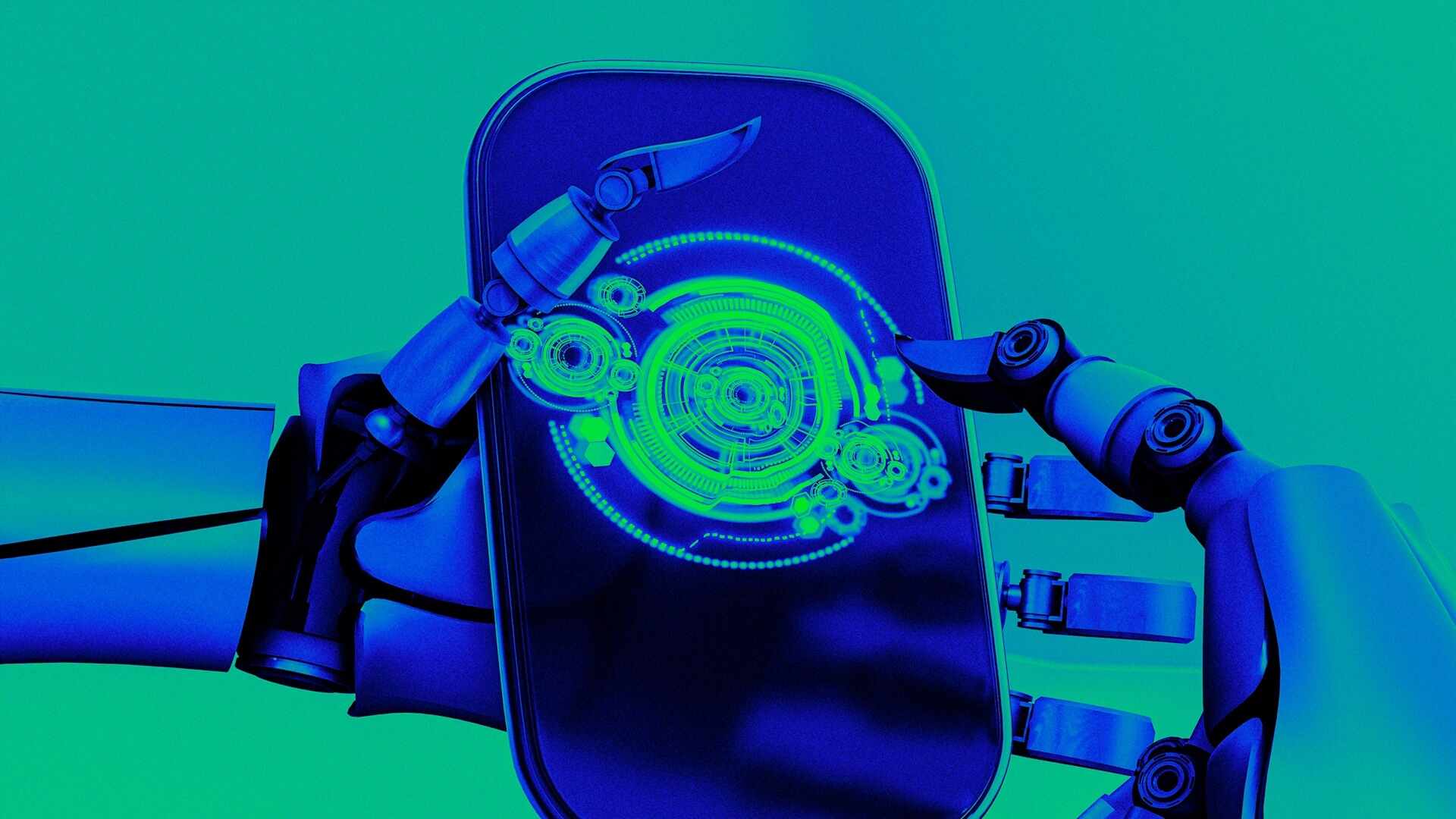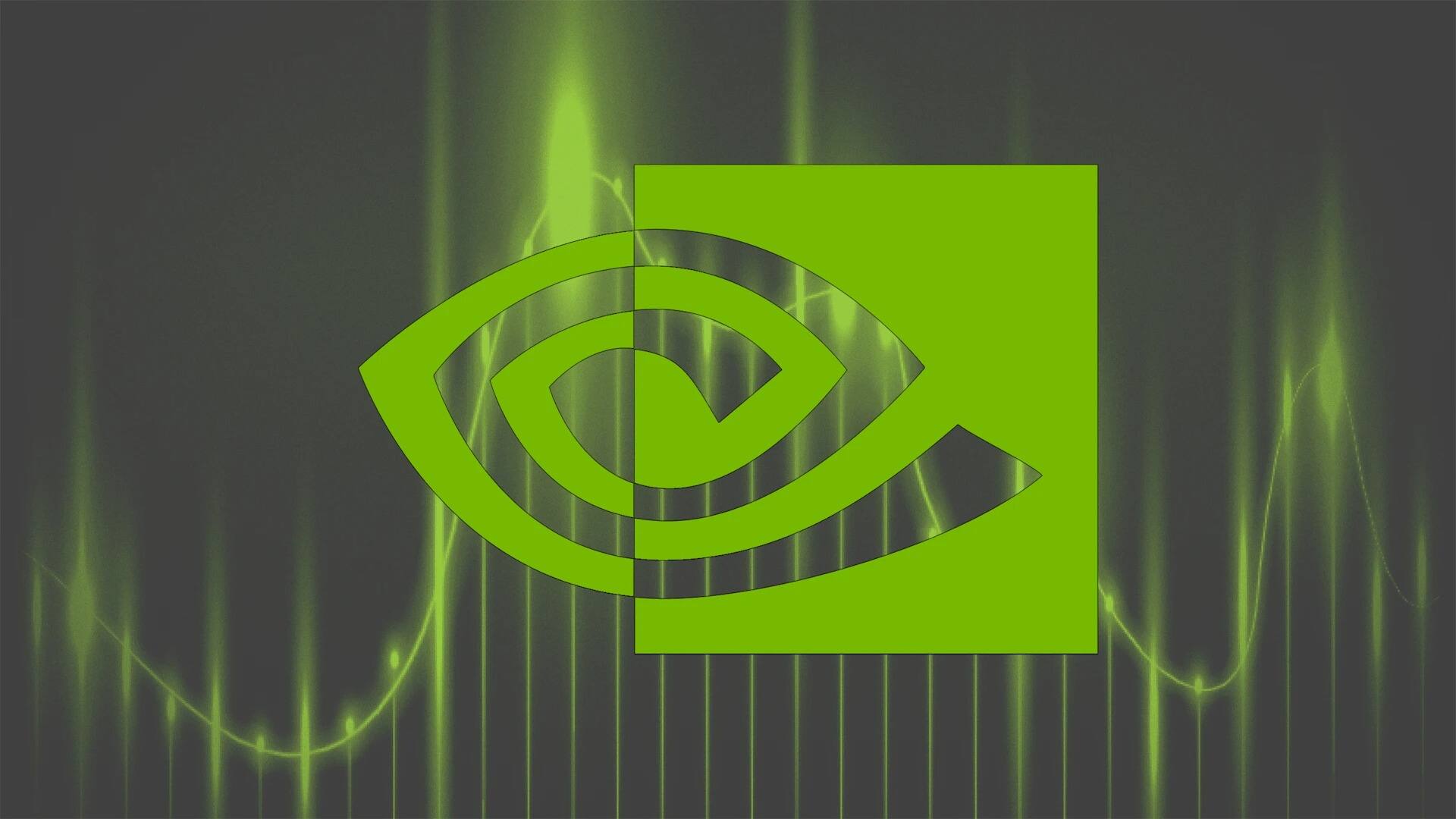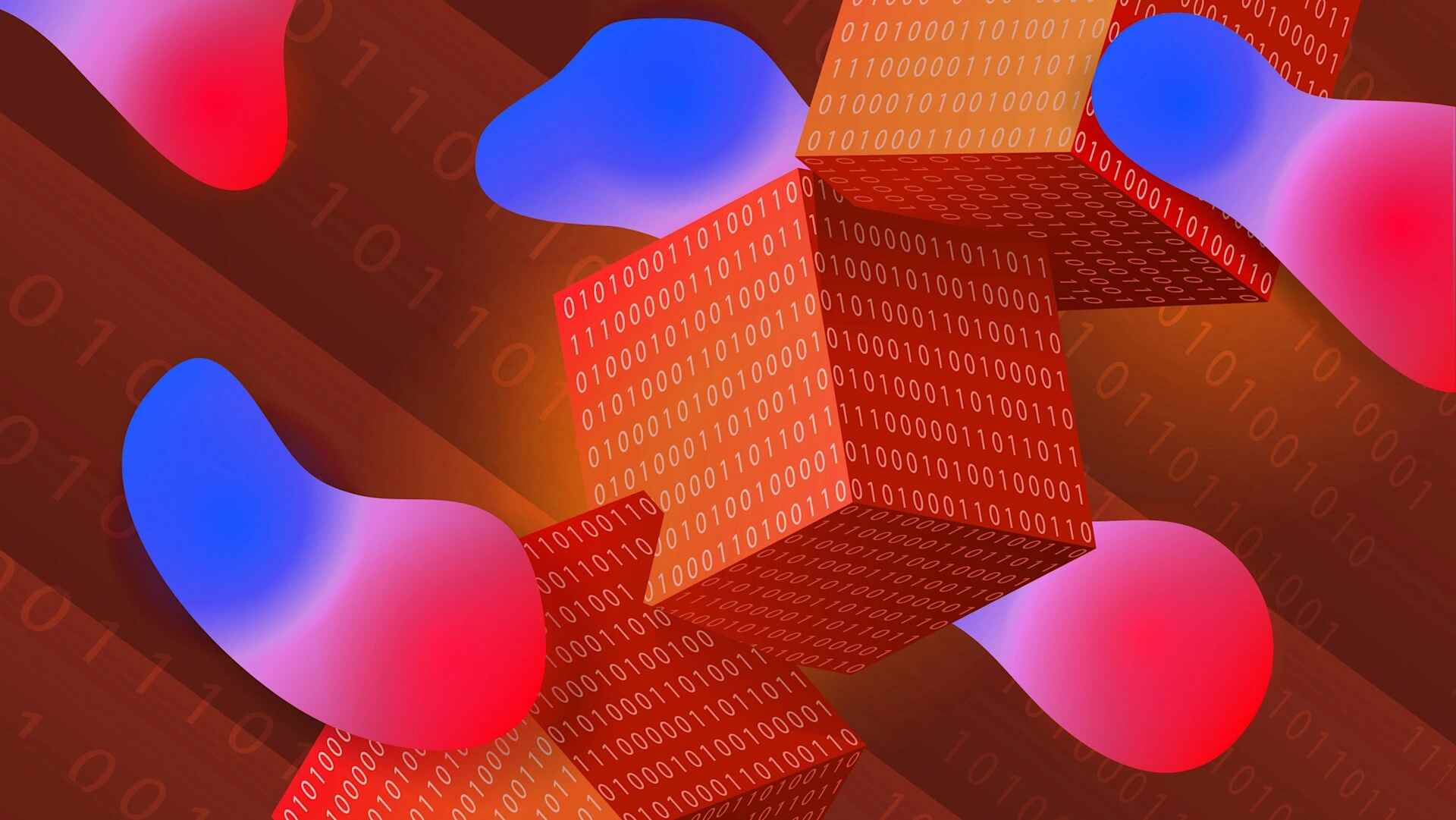- | 3:00 pm
This e-bike battery can charge in 10 minutes—and won’t catch on fire
Zapbatt’s system means that consumer products—from e-bikes to vacuums—can start to ditch lithium-ion tech for batteries that are safer, quicker to charge, and longer-lasting.

Your next e-bike or robot vacuum might not have a lithium-ion battery. The ubiquitous batteries have problems—they’re slow to charge, wear out quickly, and sometimes lead to catastrophic fires. But new technology is making it easier for manufacturers to switch to better batteries.
A startup called Zapbatt designed a “battery operating system” that acts like a universal adapter for alternative batteries—beginning with a lithium titanium oxide battery from Toshiba that previously has only been used by the military and in industry (for example, in autonomous guided vehicles that are used to transport goods in warehouses).
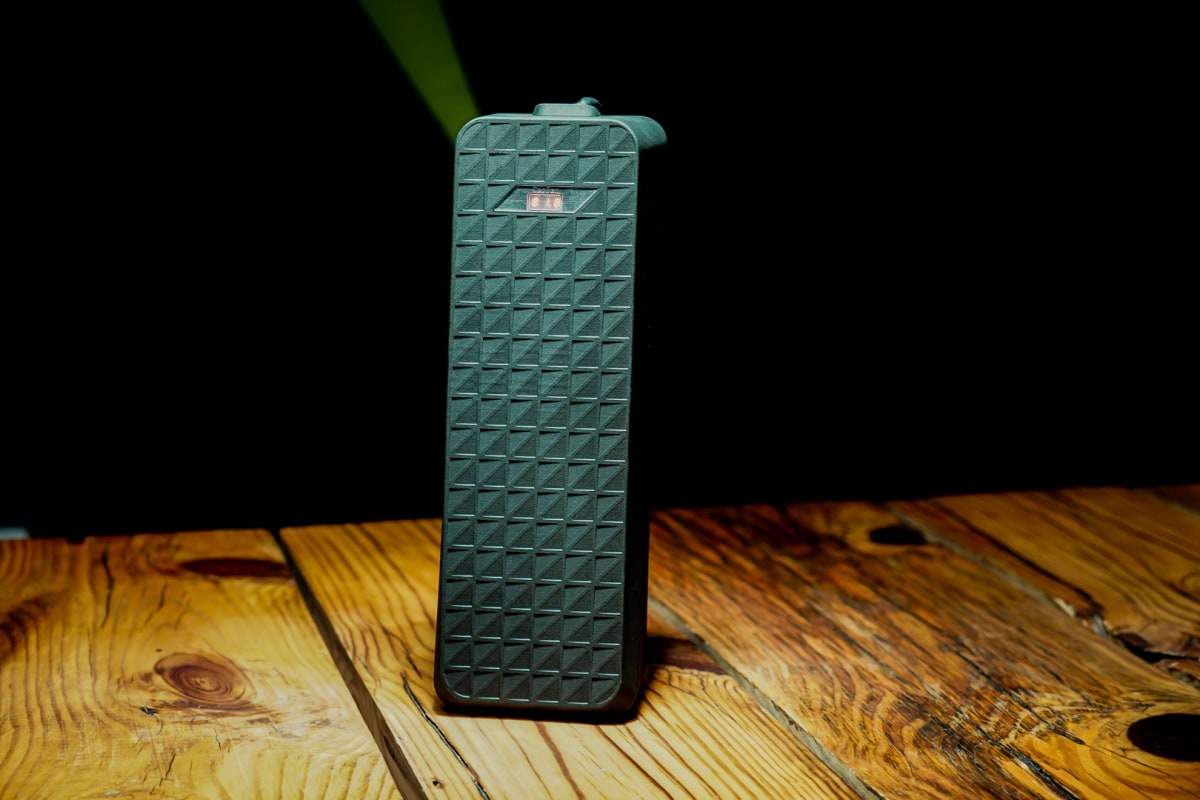
In an e-bike, the battery could fully charge in 10-15 minutes, rather than the four to seven hours it might take a lithium-ion battery. While fast charging times usually mean that a battery degrades faster, this battery has a much longer lifespan than lithium-ion, with more than 20,000 charging cycles. Right now, an e-bike battery might wear out after a couple of years, and cost hundreds of dollars to replace. The new battery is likely to outlast the bike—Zapbatt predicts at least 20 years—and then could be repurposed in another product. It also works in extreme cold, and has almost no risk of fire. (In two decades of industrial use, the batteries have never caused a fire.)
The batteries haven’t been used in consumer products in the past because they would have required major changes in electronics, wiring, and motors. “Companies would have to invest a huge amount of time and money to integrate them,” says Charlie Welch, CEO and cofounder of Zapbatt. “Even if they’d wanted it, they have to invest a minimum of 18 months and redesign their entire product just for that.”
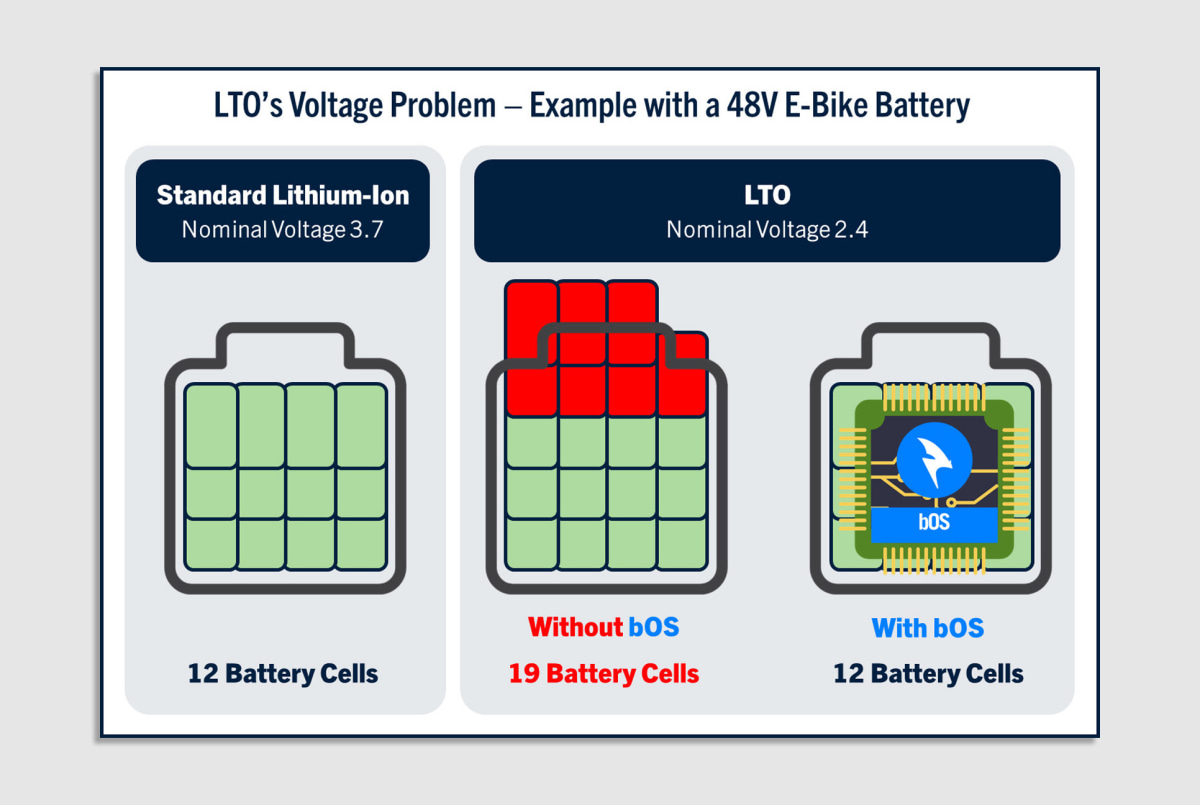
Zapbatt’s tech programs the battery to mimic the voltage of a current battery in a product, so companies no longer have to make those changes. When the startup first demonstrated the system to Toshiba’s engineering team, “we turned one of their batteries into a whole variety of different products for them, live,” Welch says. In the demo, it became a vacuum battery, followed by a power tool battery, followed by an e-bike battery. In the future, the batteries could also be used in electric cars and for home energy storage, though the startup is beginning with products that can bring the tech to market more quickly.
The batteries are more expensive than lithium-ion, Welch says, though cost-competitive, and some companies are willing to pay a little more for the improved performance. Some brands (Zapbatt couldn’t name names) have been testing the batteries over the past few years, and the first products using the tech will begin to roll out later this year.













